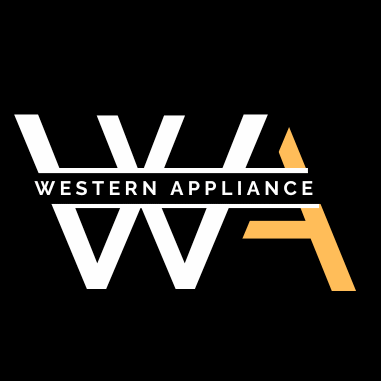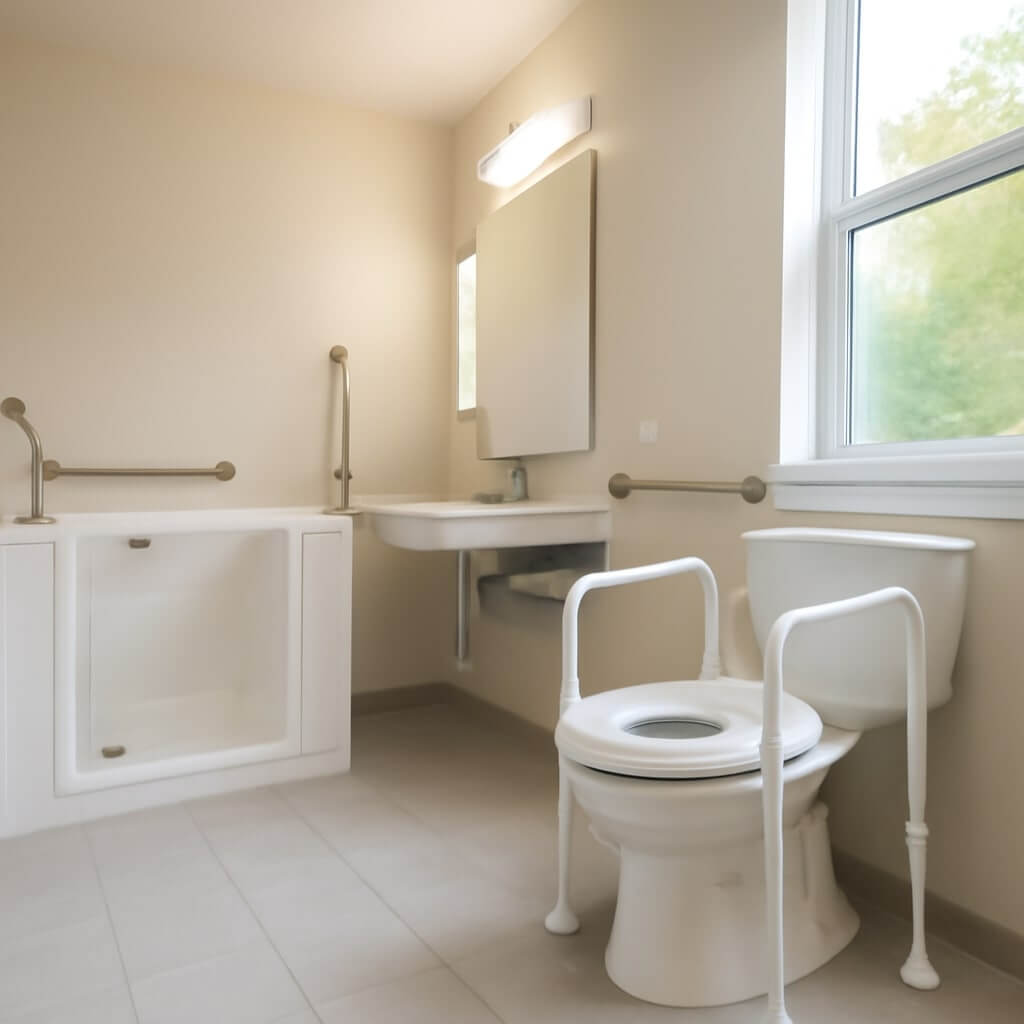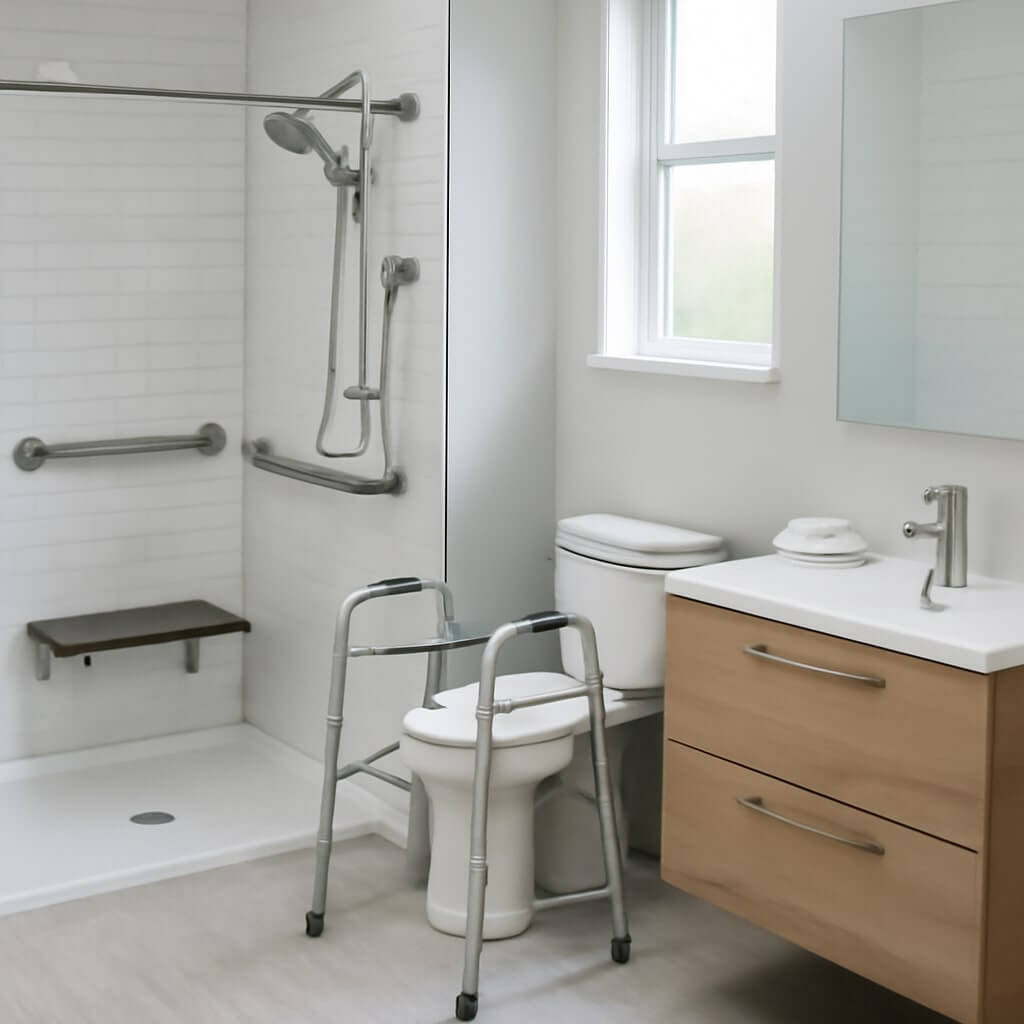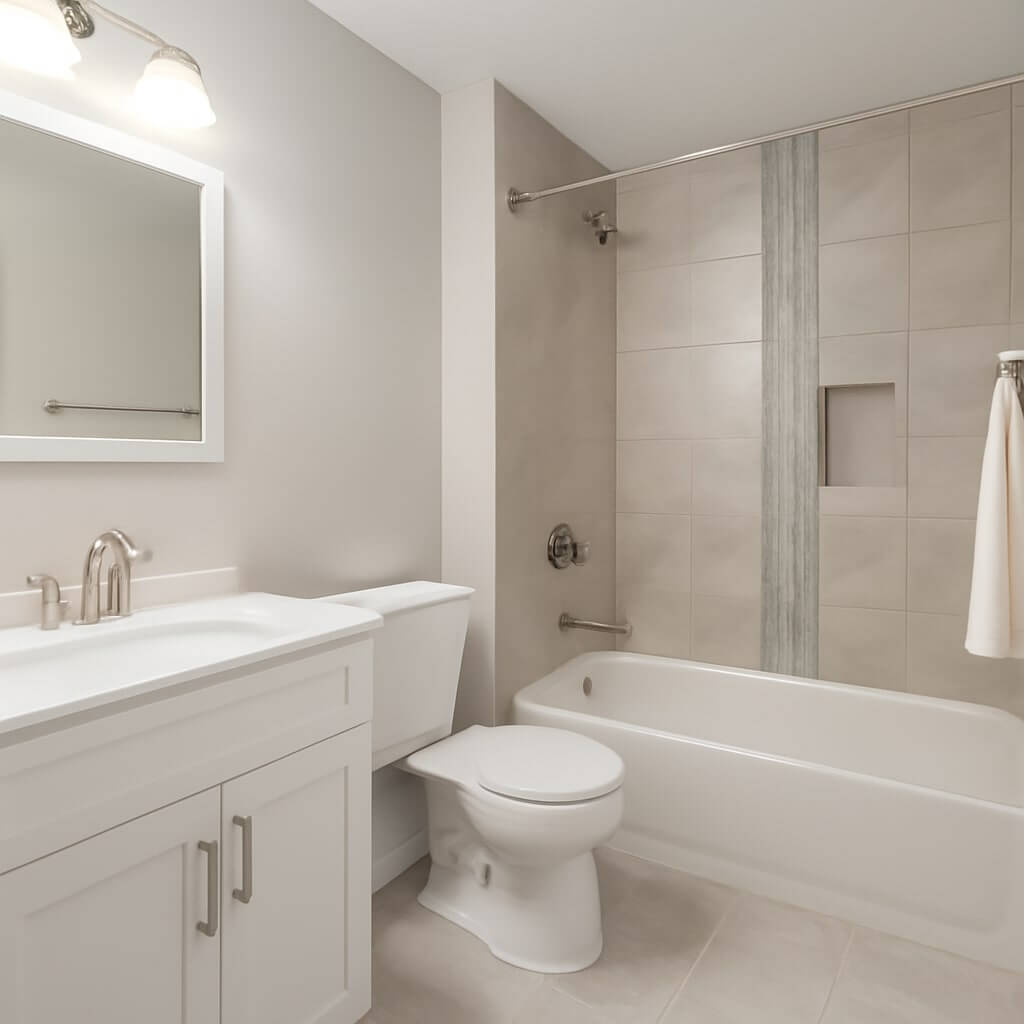When considering bathroom remodels, it’s essential to understand how Medicare can play a role in funding specific modifications. While Medicare doesn’t cover full renovations, it does support certain changes that enhance safety for individuals with medical needs. If you’re exploring options to improve your bathroom’s accessibility, knowing the eligibility criteria and types of modifications covered by Medicare can be vital. Let’s examine what steps you need to take to potentially secure this assistance.
Key Takeaways
- Medicare does not provide direct funding for bathroom remodels but may cover modifications that enhance safety and accessibility.
- A physician’s recommendation is essential for qualifying modifications like grab bars and walk-in showers.
- Modifications must be deemed medically necessary for safety or mobility to qualify for any coverage.
- Documentation of medical needs and proper application submission are crucial for securing Medicare support.
- Additional resources, like grants and local programs, can help finance necessary home renovations.
Understanding Medicare Coverage for Home Modifications
While many people assume that Medicare solely covers medical expenses, understanding its provisions for home modifications, like bathroom remodels, can greatly impact your living situation.
Medicare doesn’t typically fund home modifications directly, but it does support enhancements that improve home safety and accessibility features when prescribed by a healthcare provider.
For instance, if your doctor recommends grab bars or a walk-in shower to prevent falls, these modifications may qualify for coverage under certain circumstances.
Eligibility Criteria for Medicare Assistance
To determine if you qualify for Medicare assistance with bathroom remodels, it’s important to understand specific eligibility criteria.
First, you must be enrolled in Medicare, which requires you to be 65 or older, or meet certain disability criteria.
Additionally, your medical condition should necessitate modifications for safety or mobility. Financial assistance may be available if you meet income thresholds set by Medicare.
Your medical condition must require safety or mobility modifications to qualify for potential financial assistance through Medicare.
Documenting your medical needs and obtaining a physician’s recommendation can greatly bolster your application.
Understanding these factors will help you navigate the process and maximize your chances of receiving the financial support you need for necessary bathroom modifications.
Types of Bathroom Modifications Covered
When considering bathroom modifications covered by Medicare, you’ll find that installation of grab bars and adaptation of walk-in showers are key components.
These features enhance safety and accessibility, making it easier for individuals with mobility challenges to navigate their spaces.
Understanding the specifics of these modifications can greatly improve your bathroom’s functionality and your overall quality of life.
Grab Bars Installation
Installing grab bars in your bathroom can greatly enhance safety and accessibility, especially for individuals with mobility challenges.
These essential safety features provide support and stability. Medicare may cover the installation of grab bars if deemed medically necessary.
Consider these types:
- Wall-mounted grab bars: Securely anchored for maximum support.
- Foldable grab bars: Space-saving options that can be tucked away when not in use.
- Adjustable grab bars: Versatile bars that can be repositioned as needed.
Walk-in Showers Adaptation
For those seeking greater safety and accessibility in their bathrooms, adapting to a walk-in shower can be a transformative solution.
These walk-in designs eliminate barriers, allowing for easier entry and exit, which is essential for individuals with mobility challenges. Medicare may cover some costs if your healthcare provider deems these modifications medically necessary.
When considering safety features, look for slip-resistant flooring, grab bars, and adjustable showerheads. Each element enhances usability and reduces fall risks, ultimately promoting independence.
The Process of Applying for Medicare Support
Although traversing the process of applying for Medicare support can seem intimidating, understanding the steps involved can greatly ease the burden.
To streamline your application process, follow these key steps:
- Gather required documentation, including medical records and a physician’s recommendation.
- Complete the Medicare application form, ensuring all sections are filled out accurately.
- Submit your application and track its status online or via phone.
Additional Resources for Home Renovations
Many homeowners find themselves seeking assistance when planning home renovations, particularly when adapting spaces for accessibility.
Various home improvement grants are available to alleviate financial stress, especially for those with disabilities or elderly individuals. Local government programs often provide funding for modifications that enhance safety and mobility.
Additionally, numerous accessibility resources, such as non-profit organizations, offer guidance on best practices and potential funding sources.
Tips for a Successful Bathroom Remodel
When planning a bathroom remodel, focusing on both functionality and aesthetics is key to achieving a successful outcome.
Here are three essential tips to guide you:
- Set a Realistic Budget: Account for all costs, including materials and labor, to avoid surprises.
- Prioritize Design Preferences: Choose styles and colors that reflect your personal taste while ensuring they meet your practical needs.
- Consider Accessibility Features: Incorporate elements like grab bars and non-slip surfaces to enhance safety and usability.
Balancing budget considerations with your design preferences will help you create a space that’s both beautiful and practical.
Conclusion
In conclusion, while Medicare doesn’t fund full bathroom remodels, it can assist with vital modifications that enhance safety and accessibility. By understanding the eligibility criteria and types of covered modifications, you can effectively navigate the process. Securing a physician’s recommendation is essential for potential coverage. With careful planning and the right resources, you can create a safer bathroom environment that promotes independence and reduces the risk of falls, ensuring your home meets your medical needs.




